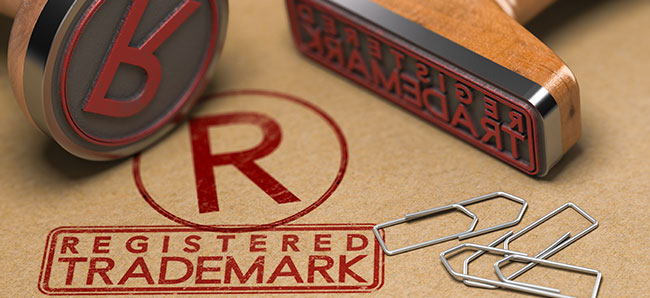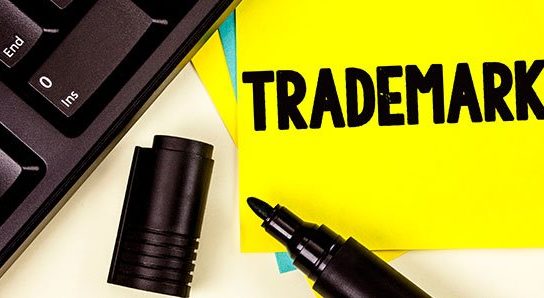Next to most logos or brand names, you can find either a ™ or a ®. Obviously, they must have some significance, but what is the difference between the two symbols?
First and foremost, the ™ means that the mark is being used as a trademark to denote the source of the goods. It should mean that the mark is not federally registered though, although sometimes it is used for marks that have been federally registered, but perhaps because the federal registration occurred after the mark was used/printed on products. The ™ could mean: (1) a federal trademark application has been filed and is pending; (2) that a state application has been filed and has been granted or is pending, or (3) it can just mean that no trademark application has been filed either at the federal or state level (or that the application(s) has/have been denied/abandoned), but this mark is being used to distinguish goods. In any case, the owner of the mark has common law rights even though the mark has not been federally registered.
The ®, on the other hand, is only used for marks that have been granted federal registration. This means that the mark has been registered with the United States Patent and Trademark Office and the application has been granted.
Anyone using a mark to distinguish his/her goods from other goods can put a ™ next to the mark, although there are certain reasons why one would want to register their mark either at the state level or federal level. In order to obtain federal registration of a mark, the mark must be used in conjunction with goods in interstate commerce, or more than one state.
One benefit of federal registration is that you have exclusive nationwide ownership of the mark. Additionally, after five years of continuous use from the date of registration, the rights to the mark become incontestable. However, having a state trademark or just using the mark in one’s geographic region but never registering it, actually gives the owner some rights over potential federal registrations.
For instance, if you are using your mark in the Albuquerque area but have never registered it, somebody else could potentially obtain the federal registration for the mark. This indicates that that person has complied with all requirements and obtained federal registration status. However, you, being the common law owner of a mark by using it in a geographic region before the federal registration by the other applicant, actually have rights in that specific geographic region. Thus, the owner of the federally registered mark cannot undercut you in the Albuquerque region. However, the owner could possibly go into the Las Cruces area or even the Santa Fe area if you have not used the mark in those areas before the federal registration was obtained. Therefore, you are potentially protected without ever registering your mark, but by registering your mark, you will obtain the most complete protection.
If you are using a mark in more than one state, you should obtain federal status. If you never plan to expand outside the state, obtaining New Mexico protection for your mark may make the best business sense, as it will cover you everywhere in the state, not just in the locality where you are using it.
Click here to read more about trademark registration, and here to read about common pitfalls of trademark holders.
To determine whether federal registration or state registration for your trademark will work best for you and to get your trademark filed, contact a Law 4 Small Business today.





2 Comments
TM stand for trademark
SM stand for servicemark
What about R what does it stand for?
(R) stands for “Registered Trademark”